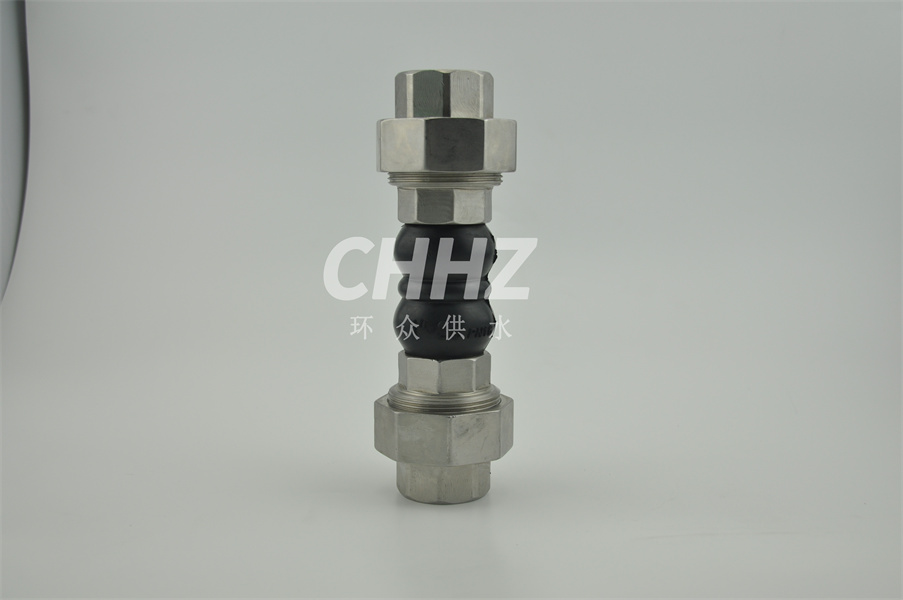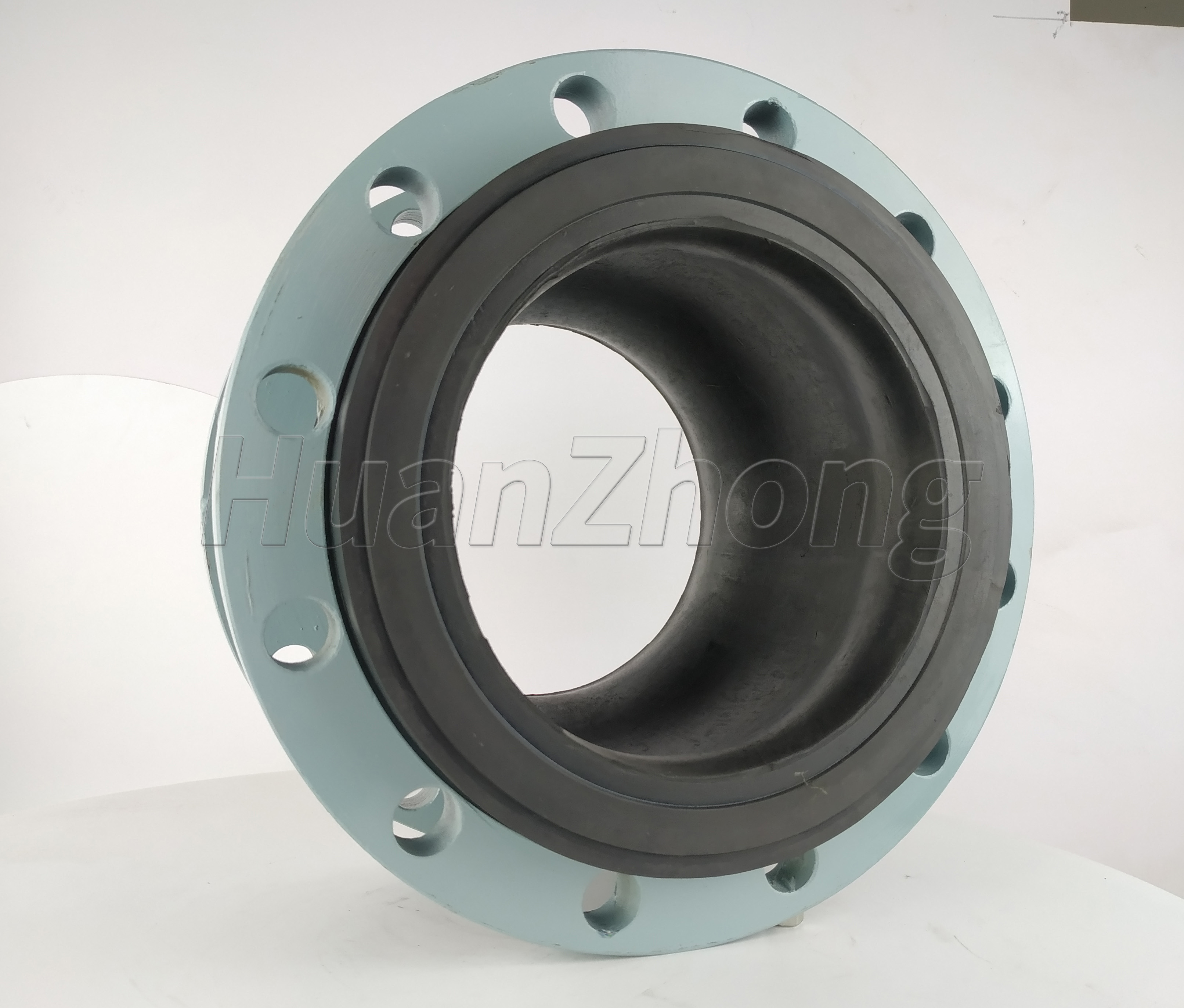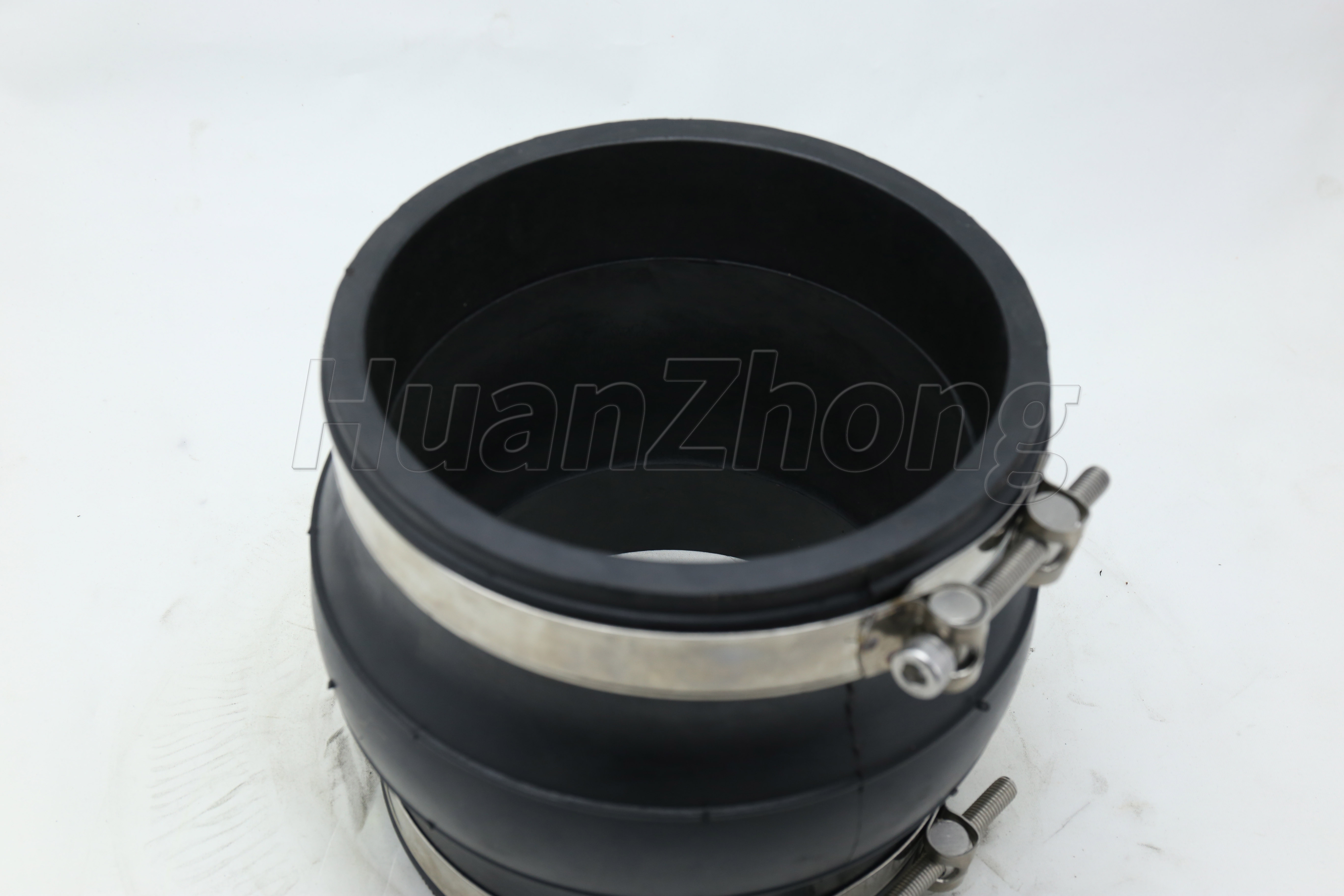What are the installation methods of different rubber joints?
Advantages of installing rubber soft joints: 1. Rubber soft joints have good repetitive displacement reduction, which can provide large multi-dimensional directional compensation in a smaller size range and can better eliminate multi-directional errors arising from the installation of various pipeline connections.
2、With superior sound absorption and vibration isolation function, it can effectively reduce and eliminate the transmission of sound and vibration of boiler, fan and other system products.
3、No force transmission loss, reduce the design procedure, no need to increase other auxiliary facilities.
4、Have high heat and corrosion resistance, no rust, reduce maintenance costs.
5、It has excellent airtightness and flexibility, and can ensure no leakage of the conveyed medium and recovery of the original state after repeated displacement.
1、Screw connection Installation of rubber joint
Before installation, put the two ends of the pipe fittings that need to be connected on the horizontal surface, and screw the rubber joint on one section of the pipe fittings first, then screw the other end of the pipe fittings, always keep it on the horizontal surface to prevent the rubber ball from being torn by uneven force during the installation process, then tighten the buckle by hand or wrench, and fix the rubber joint and the pipe fittings at both ends on objects that are not easy to stretch or twist.
2、Installation of flange connection rubber joint
Before installation, put the two ends of the pipe fittings that need to be connected on the horizontal plane, install the first fixed end of the pipe fittings, then let the flange on the rubber joint rotate so that the flange holes are aligned around, put on the screws and screw on the nuts, then make the other end of the pipe fittings flange and the flange on the rubber joint aligned horizontally, rotate the flange on the rubber joint so that the flange mouth around the relative, put on the screws and screw on the nuts, horizontal direction Make the three closely connected to prevent poor sealing.
3、Installation of clamped rubber joint
Clamp type rubber joint, using clamps instead of flanges and bolts, can be installed when the two orifices of the clamp type rubber joint are set on the pipe to be side connected, the rubber joint and the pipe fixed connection through the clamp.
When the rubber joint is disassembled, the said clamp can be loosened to compensate for the displacement of the pipeline due to thermal expansion and contraction and water transmission.


